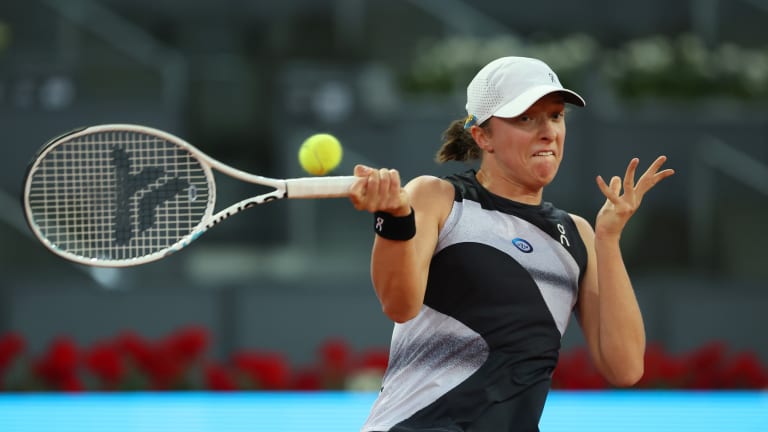Video not available in your country
Your Game
TECH Talk: The secret to Iga Swiatek's world class forehand
By May 11, 2023Your Game
Racquet Preview: Babolat Pure Drive 2025
By Jan 01, 2025Your Game
Shoe Review: Diadem Court Burst
By Dec 28, 2024Your Game
Racquet Preview: Wilson Clash v3
By Dec 26, 2024Your Game
Geared Up: Joao Fonseca, 18, is carrying Brazil’s ATP hopes with Yonex and On
By Dec 22, 2024Your Game
Racquet Preview: Head Gravity 2025
By Dec 14, 2024Your Game
Fair Play: SwingVision puts its electronic line-calling to the test in tournament play
By Dec 08, 2024Your Game
Racquet Preview: Yonex launches new EZONE, with updates in the fringes and vibrant look
By Dec 06, 2024Your Game
Serving Notice: Tecnifibre partners with SixZero to release new pickleball paddles
By Dec 02, 2024Your Game
Game Changer: SportAI uses cutting-edge artificial intelligence to improve performance
By Nov 30, 2024Your Game
TECH Talk: The secret to Iga Swiatek's world class forehand
An extreme grip is igniting extraordinary results for the top-ranked 21-year-old; here's how you can incorporate her Western grip into your game.
Published May 11, 2023
Advertising

An offensive forehand is crucial to Swiatek's dominance on tour.
© Getty Images